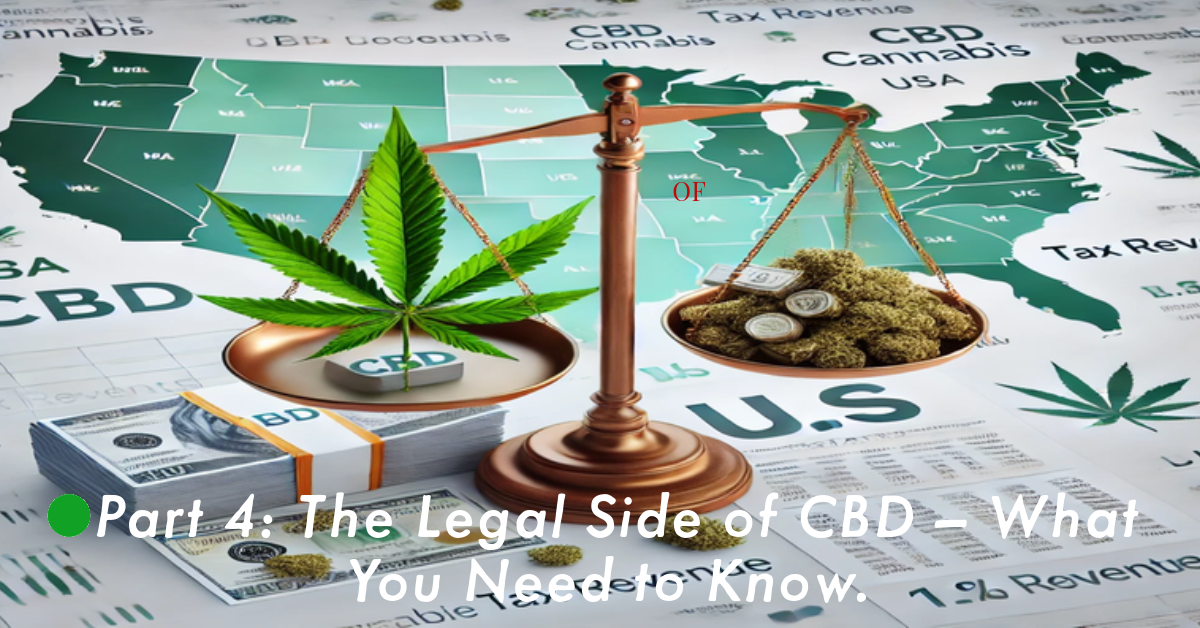We welcome thoughtful discussion. All comments are reviewed for clarity, accuracy, and respect. Spam, misinformation, or off-topic remarks may be removed. Stay informed. Stay kind.
The 2018 Farm Bill was a major shift in U.S. agricultural policy, officially legalizing hemp and making room for the rapidly growing CBD industry. As long as hemp contained less than 0.3% THC, it was no longer classified as an illegal substance. But getting to that point wasn’t easy.
The bill faced plenty of resistance. A big part of the debate stemmed from the fact that hemp and marijuana come from the same plant family, leading to confusion and pushback. Lawmakers worried that legalizing hemp would blur the lines with marijuana, making enforcement difficult. Others were concerned that it would eventually lead to broader cannabis legalization. After a lengthy and often heated discussion, the bill finally passed.
Even after federal approval, some states weren’t ready to get on board. Some feared it would lead to increased marijuana use, while others were hesitant about setting up the regulatory infrastructure to manage it. Concerns over licensing, law enforcement, and economic impact made the decision a complicated one for many states.
CBD, despite being derived from hemp, exists in a legal gray area. While the Farm Bill legalized hemp production, it did not explicitly regulate how CBD should be sold or marketed. The FDA continues to restrict CBD from being added to food and beverages, and some states impose additional regulations on CBD products. This has created inconsistencies in how CBD is treated across the country, with some states allowing it freely while others enforce stricter guidelines.
Fast forward to 2025, and the legal cannabis landscape in the U.S. is a mixed bag. Twenty-four states, two territories, and D.C. have legalized cannabis for recreational use, while thirty-nine states, three territories, and D.C. allow medical use. Public support continues to grow, with 70% of Americans now in favor of legalization.
The economic benefits have been significant. In 2023 alone, states with legal cannabis markets generated over $4 billion in tax revenue from recreational sales. California brought in more than $1 billion, while Illinois collected nearly $500 million. These funds have been directed toward public services like education, infrastructure, and healthcare.
The industry has also been a major job creator. Thousands of people are now employed in cannabis farming, distribution, and retail. In New York, the cannabis market surpassed $1 billion in sales by the end of 2024, reinforcing its status as a growing sector in the economy.
However, challenges remain. The illegal market is still a problem, with unlicensed dispensaries cutting into legal sales. Some states struggle with enforcement and ensuring that businesses operate within the law. Finding the right balance between regulation and accessibility is an ongoing issue.
In summary, the 2018 Farm Bill opened the door for hemp and CBD, and state-level cannabis legalization has transformed the industry into a multi-billion-dollar business. However, CBD’s legal standing remains unclear in some cases, with differing regulations from state to state. While challenges exist, the economic impact is undeniable. Instead of focusing on past perceptions, it’s worth considering how legalization affects each state and what it could mean for the future.


